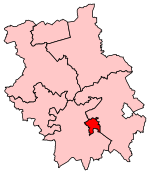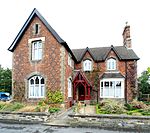Hughes Hall, Cambridge

Hughes Hall is a constituent college of the University of Cambridge in England. It is the oldest of the University of Cambridge's postgraduate colleges. The college also admits undergraduates, though undergraduates admitted by the college must be aged 21 or over. There is no age requirement for postgraduate students. The majority of Hughes Hall students are postgraduate, although nearly one-fifth of the student population comprises individuals aged 21 and above who are studying undergraduate degree courses at the university. Hughes Hall was founded in the 19th century as the Cambridge Training College for Women with the purpose of providing a college of the university dedicated to training women graduates for the teaching profession. Since then it has enlarged and expanded to support a community of students and researchers, both male and female, working in all the academic domains encompassed by the University of Cambridge. The college is housed in a number of 19th- and 20th-century buildings at a main site adjacent to Fenner's, the Cambridge University Cricket Club ground, and between the City Centre and the railway station.
Excerpt from the Wikipedia article Hughes Hall, Cambridge (License: CC BY-SA 3.0, Authors, Images).Hughes Hall, Cambridge
Mortimer Road, Cambridge Petersfield
Geographical coordinates (GPS) Address Website External links Nearby Places Show on map
Geographical coordinates (GPS)
| Latitude | Longitude |
|---|---|
| N 52.2009 ° | E 0.1325 ° |
Address
Hughes Hall
Mortimer Road
CB1 2EW Cambridge, Petersfield
England, United Kingdom
Open on Google Maps










